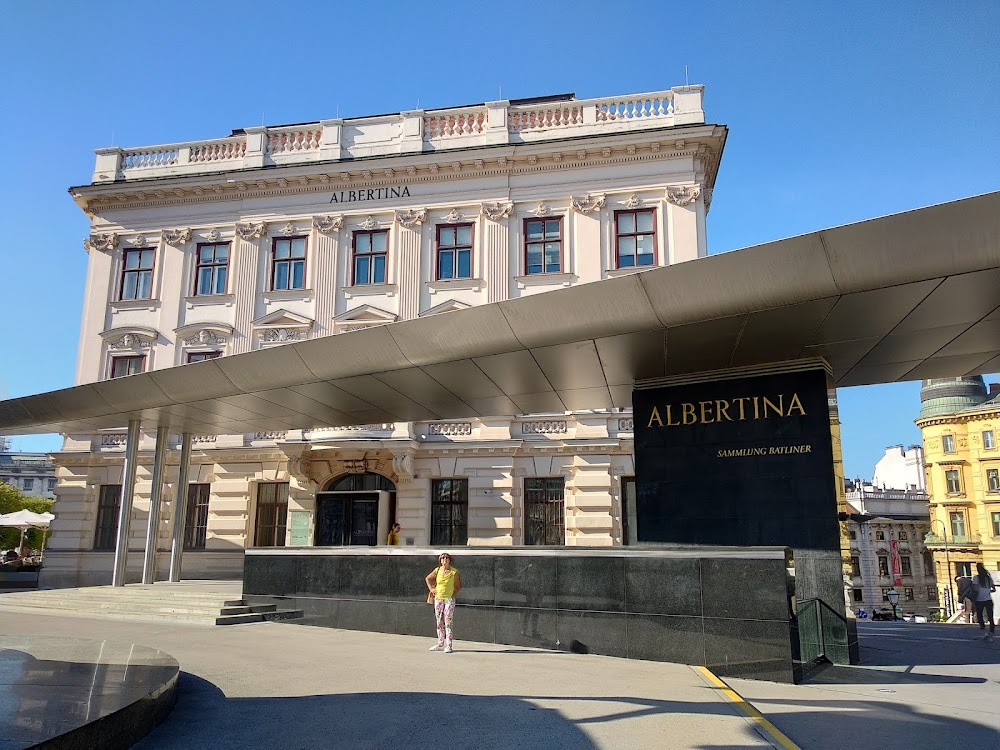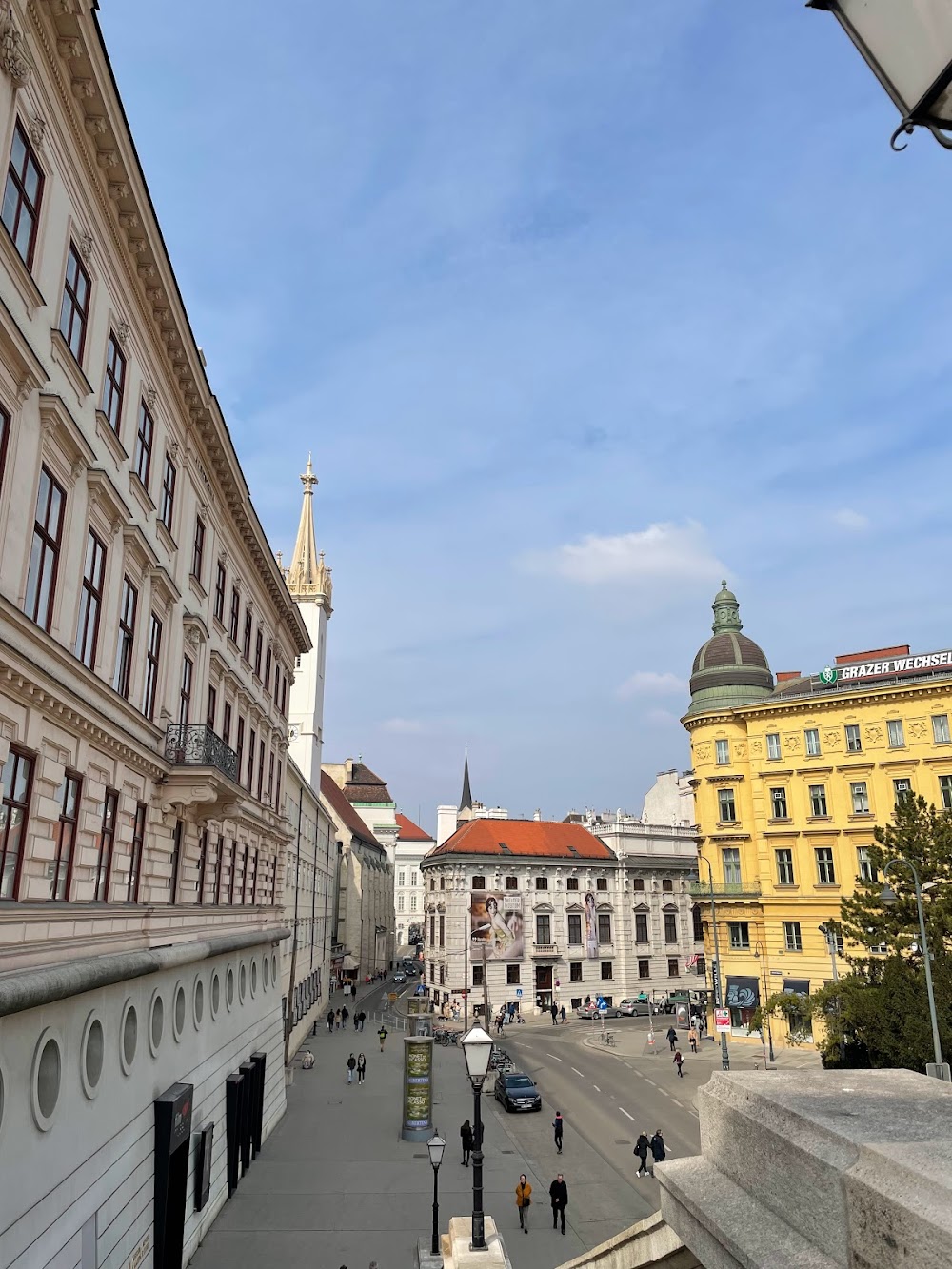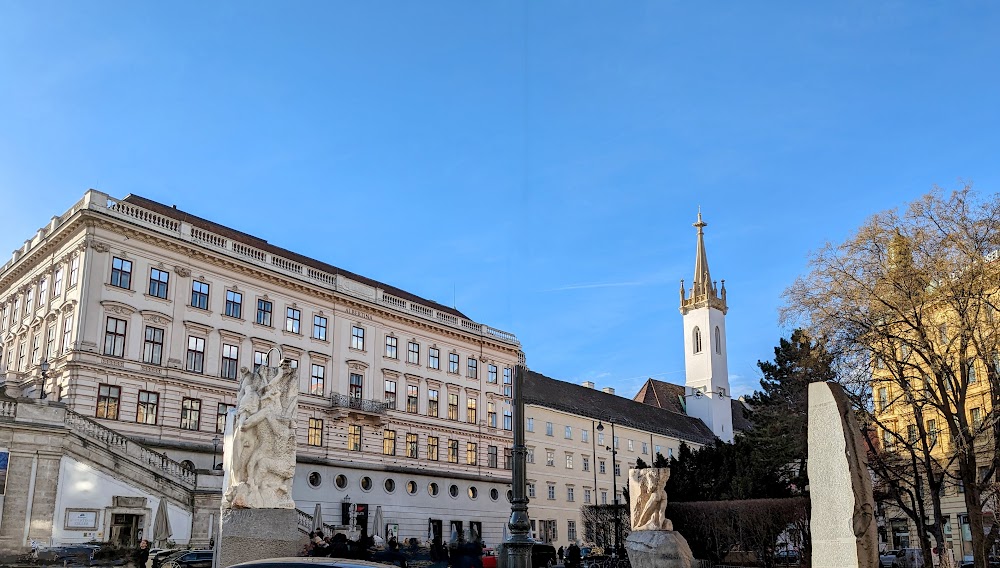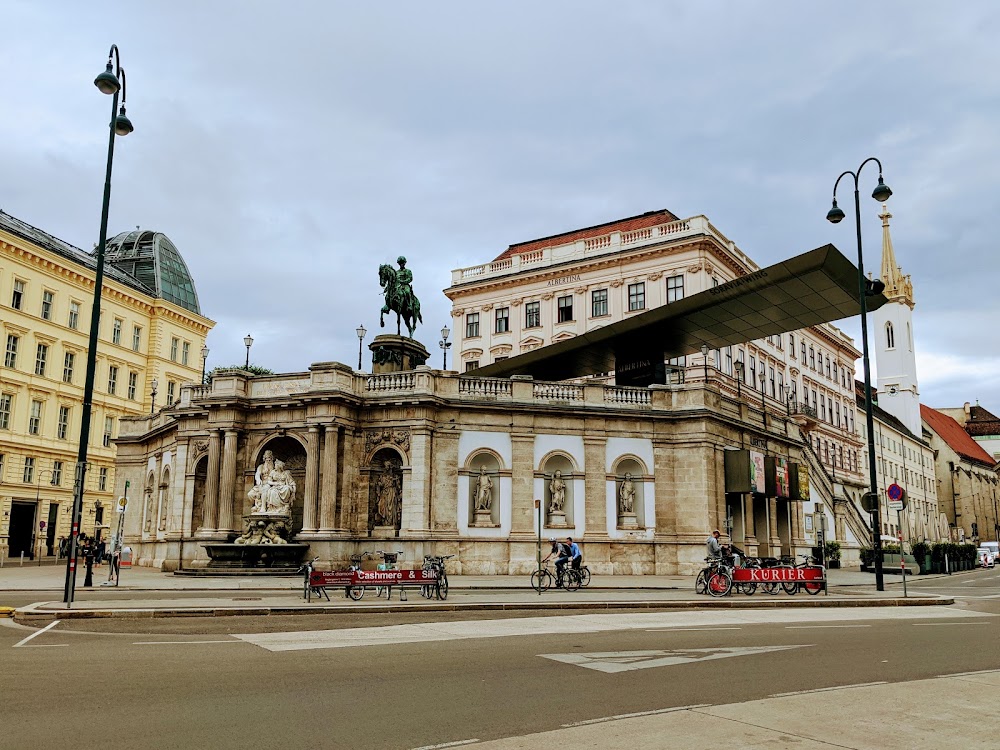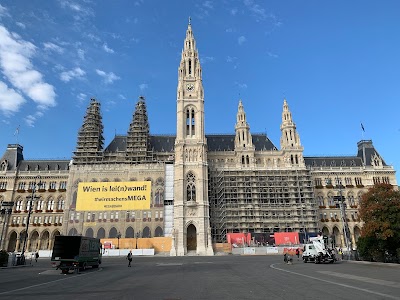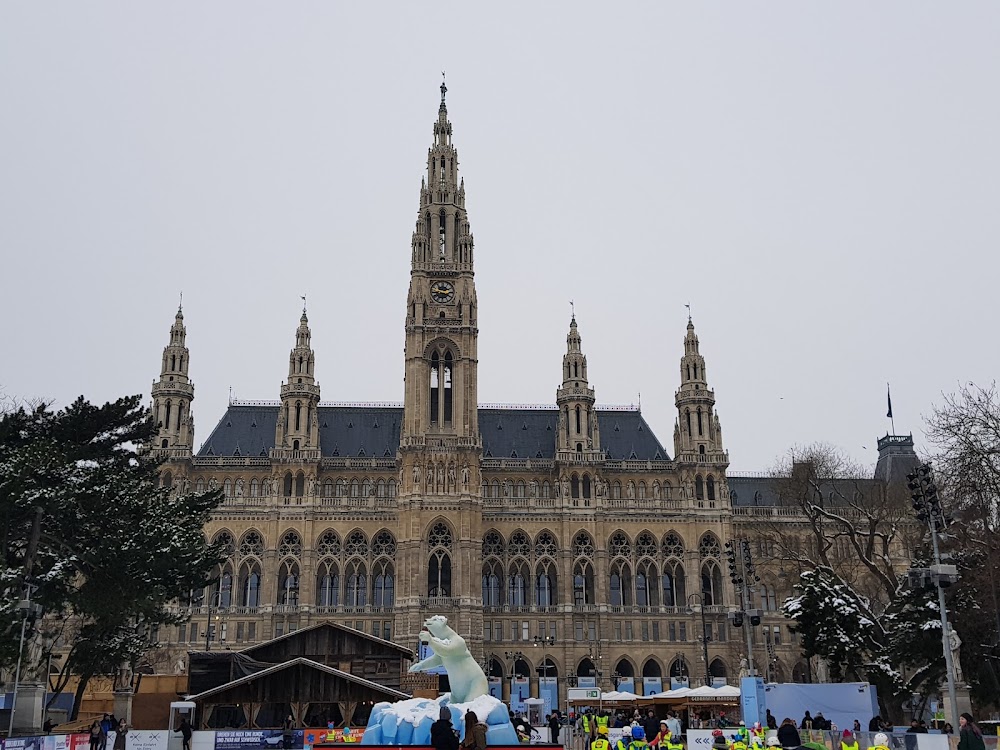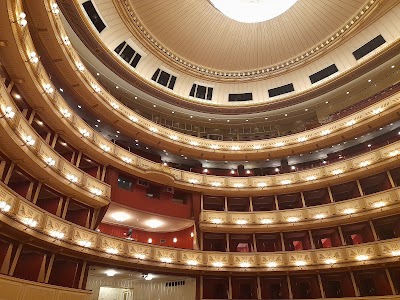Albertina (Albertina)
Related Places
Overview
The **Albertina** is a celebrated museum nestled in the heart of Vienna, Austria, renowned for housing one of the world's largest and most important print rooms. This magnificent institution boasts an extensive collection of graphic arts, featuring over one million prints and 60,000 drawings. Located on the historic site of the Augustinian Bastion, a key element of the city's fortifications, the Albertina seamlessly blends history with artistic excellence.
The origins of the Albertina trace back to **1776**, when it was founded by Duke Albert of Saxen-Teschen, who was married to Maria Christina, the daughter of Empress Maria Theresa. A passionate art collector, Duke Albert envisioned creating an unparalleled repository of drawings, graphics, and prints. To realize this vision, he commissioned the construction of the Albertina, transforming the space into a haven for art lovers.
The architectural splendor of the Albertina is evident in its location at the southern end of the Hofburg Palace. Originally built as a palace in the 17th century, the structure has undergone numerous transformations and expansions over the years. A significant reconstruction took place in the late 18th century when Duke Albert decided to convert it into a museum, allowing the public to admire the collection he so passionately gathered.
Throughout the centuries, the Albertina has seen various renovations, one of the most notable being the addition of a classical facade designed by architect Louis Montoyer in the early 19th century. This enhancement contributed to the museum's signature blend of classical grandeur and royal elegance, making it a striking landmark in Vienna.
Inside, visitors can explore the **Habsburg Staterooms**, which have been meticulously restored to reflect their historical magnificence. These opulent rooms offer a glimpse into the lavish lifestyle of the Habsburg dynasty, adorned with ornate chandeliers, rich decor, and sumptuous furnishings that transport guests back in time.
As the years passed, the Albertina's collection flourished, enriched by contributions from distinguished artists and patrons. Notable works by masters such as Albrecht Dürer, Peter Paul Rubens, and Gustav Klimt adorn its halls. Among its most famous pieces is Dürer's "Young Hare," celebrated for its stunning realism and attention to detail.
During World War II, the collection faced significant threats as many artworks were relocated to safeguard them from destruction. In the aftermath of the war, the Albertina dedicated itself to restoration efforts, repairing damage and reuniting the scattered collection, thus preserving its artistic heritage for future generations.
In recent decades, the Albertina has embraced modernization while honoring its historical roots. The most striking modern addition is the **Soravia Wing**, designed by architect Hans Hollein and opened in 2003. This sleek steel structure extends over the entrance, providing a bold contrast to the classical architecture of the main building and symbolizing the museum's commitment to innovation.
Today, the Albertina stands as a vibrant center of cultural activity, hosting numerous temporary exhibits and educational programs. Art enthusiasts from around the globe flock to admire its impressive collection and stunning architecture. The harmonious blend of historical and contemporary elements makes the Albertina a unique cultural landmark in Vienna.
In essence, the Albertina is more than just a museum; it is a testament to centuries of art history, a fusion of classical elegance and modern innovation, and a repository of some of the finest works of graphic arts. This venerable institution, with its rich history and invaluable collection, continues to captivate and inspire visitors of all ages.


